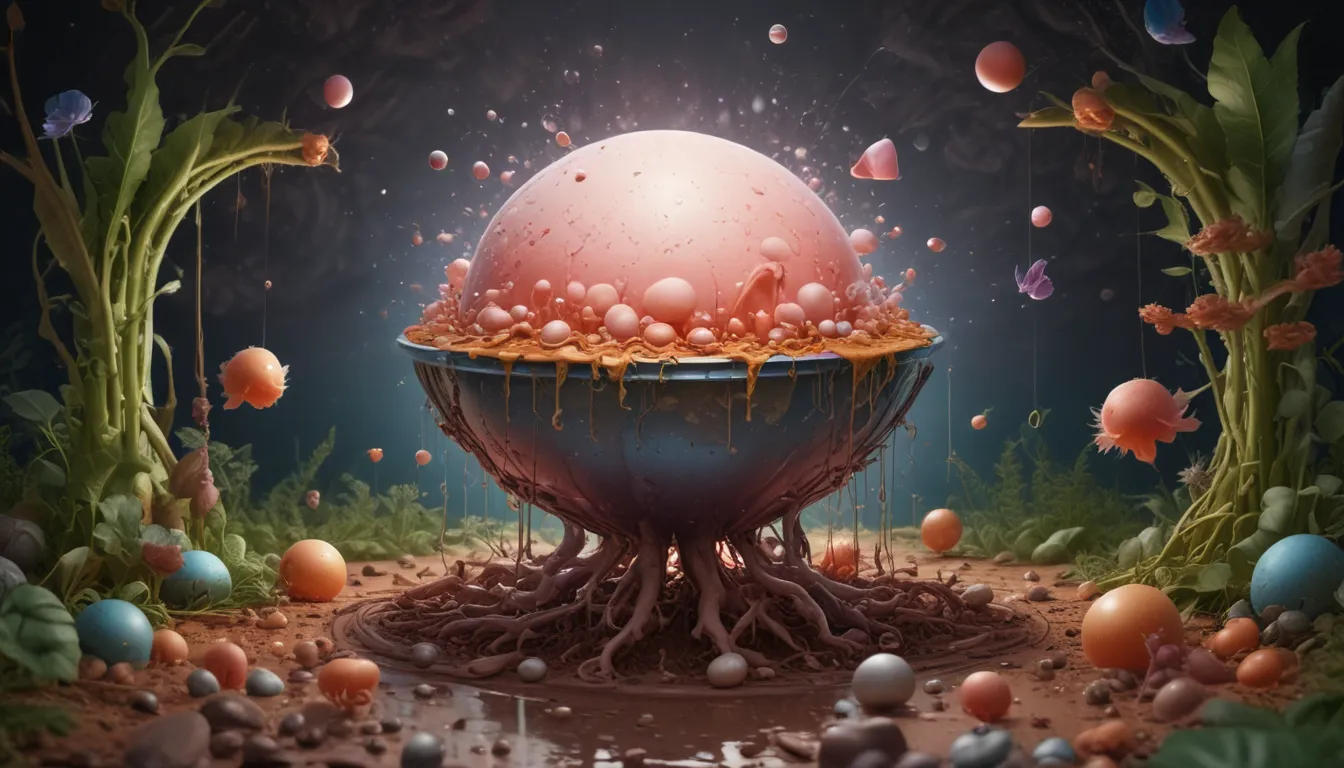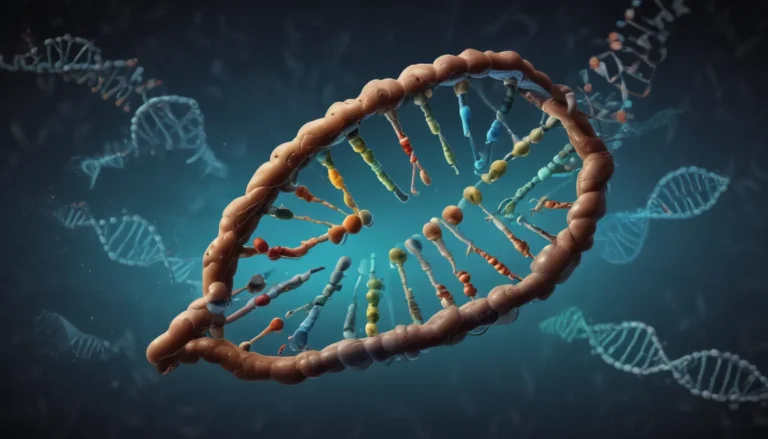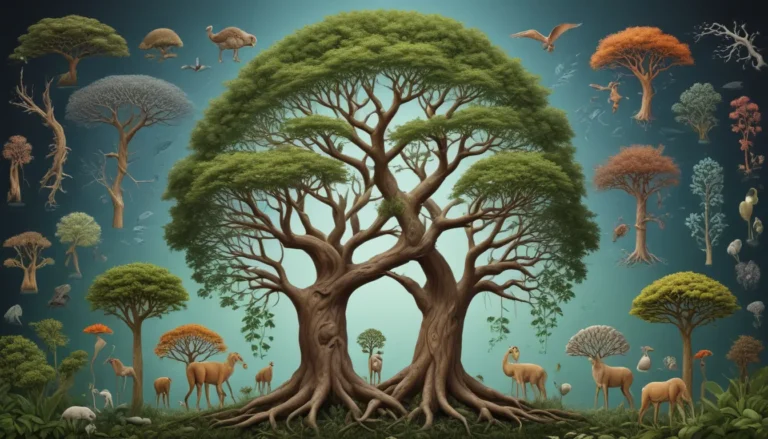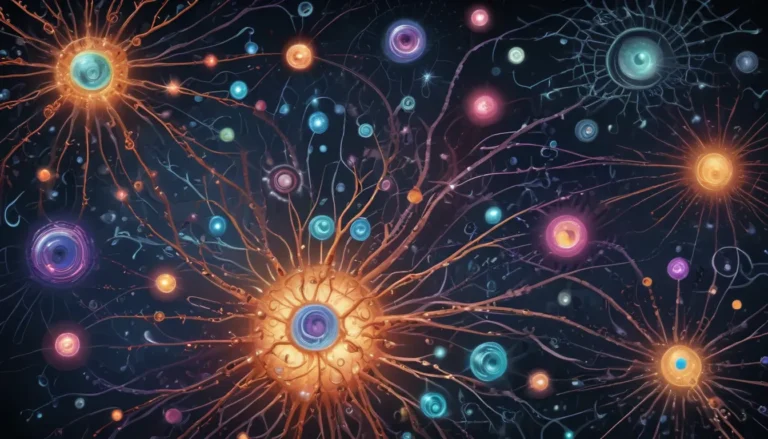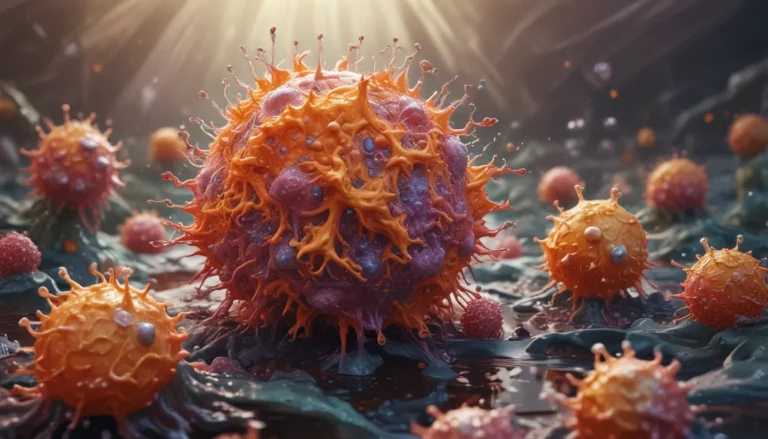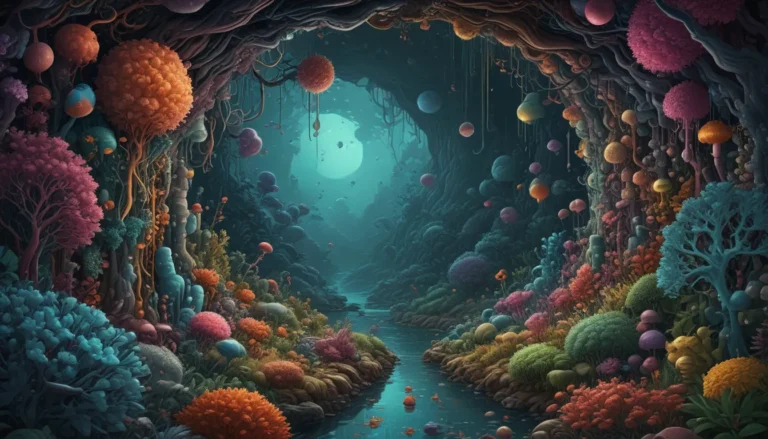A Note About Images: The images used in our articles are for illustration purposes only and may not exactly match the content. They are meant to engage readers, but the text should be relied upon for accurate information.
Fertilization is a captivating and essential process that initiates the miraculous journey of creating a new life. It is the enchanting union of sperm and egg that triggers a series of extraordinary biological events, culminating in the formation of a new individual. Studied and revered for centuries, fertilization unveils a realm of awe-inspiring facts that illuminate the intricate mechanisms and remarkable achievements that transpire during this pivotal event. Join us as we uncover the astounding world of fertilization and marvel at its wonders!
Unveiling the Essence of Fertilization
At its core, fertilization is the enchanting fusion of a female egg and male sperm, heralding the dawn of new life. This magical moment sets the stage for the wondrous journey of growth and development that lies ahead.
Exploring the Diverse Realms of Fertilization
The process of fertilization can manifest in varied ways, either within the female body or externally, depending on the species. This diversity ensures successful reproduction in a multitude of environments, showcasing nature’s adaptability and resilience.
Witnessing the Birth of a Zygote
When the sperm penetrates the egg, it instigates a cascade of biochemical reactions that culminate in the formation of a zygote, the foundational cell of a nascent individual. This momentous event marks the inception of a new life.
Surrendering to the Sperm’s Battle
In the realm of internal fertilization, an epic battle unfolds as multiple sperm vie for the coveted prize of fertilizing the egg. Only one triumphant sperm emerges victorious, sealing the fate of the future offspring.
Embarking on the Journey of Fertilization
Fertilization can transpire in various regions of the female reproductive system, from the fallopian tubes to specialized pouches or chambers within the body. This diversity in location underscores the adaptability and complexity of reproductive strategies across different species.
Embracing the Marvel of Self-Fertilization
Some organisms possess the ability to self-fertilize, a captivating phenomenon known as selfing. This unique capacity allows individuals to reproduce autonomously, without the requirement of a mate, showcasing the ingenuity of nature’s design.
Embracing the Spectrum of Fertilization
From the interplay of molecular interactions to the influence of environmental factors, fertilization is a dance of complexity and precision. The intricate web of signals and interactions between the egg and sperm orchestrates a symphony of life’s creation.
Unlocking the Mysteries of Genetic Diversity
By merging genetic material from two individuals, fertilization serves as the cornerstone for genetic diversity within populations. This diversity lays the foundation for evolution and adaptation, ensuring the resilience and prosperity of diverse organisms.
Embarking on the Journey of Life
Once fertilization occurs, the zygote embarks on a remarkable odyssey of growth and development, evolving into a complex organism through the wondrous processes of cell division and differentiation. Each step in this journey is a testament to the marvels of life’s intricate design.
In conclusion, fertilization stands as a beacon of wonder in the realm of reproductive biology, showcasing the beauty and complexity of life’s creation. The fascinating facts surrounding this extraordinary process provide a glimpse into the profound intricacies of nature’s tapestry. As we continue to unravel the mysteries of fertilization, we are poised to uncover even more astonishing truths about this foundational pillar of life.
FAQs: Expanding Knowledge and Understanding
- How does fertilization occur in humans?
-
In humans, fertilization occurs when sperm cells traverse the female reproductive system, encountering an egg in the fallopian tube. The fusion of genetic material leads to the formation of a zygote, initiating the development of a new individual.
-
What factors can influence fertilization?
-
Various factors, including sperm and egg quality, hormonal imbalances, reproductive disorders, age, lifestyle choices, and medical conditions, can impact the success of fertilization and overall fertility.
-
How long does fertilization typically take?
-
Fertilization generally occurs within 24 hours of ovulation, with the zygote rapidly dividing and implanting into the uterine lining around six to ten days post-fertilization.
-
Can fertilization result in multiple pregnancies?
-
Yes, fertilization can lead to multiple pregnancies, especially when multiple eggs are fertilized by separate sperm. This can result in the development of twins, triplets, or higher-order multiples.
-
Can lifestyle choices affect fertilization?
- Lifestyle choices such as smoking, excessive alcohol consumption, poor diet, stress, and exposure to environmental toxins can impact sperm and egg quality, thereby affecting the chances of successful fertilization.
As we embark on a journey of discovery and enlightenment, let us continue to delve into the realm of fertilization, unraveling its mysteries and marveling at its wonders. Each new revelation brings us closer to understanding the intricacies of life’s creation and the remarkable processes that sustain our existence. Join us on this voyage of exploration and knowledge as we uncover the hidden gems of fertility and reproduction, enriching our understanding of the world around us.
